A great choice for dental clinics and laboratories
Because we know that even a fraction of a millimeter can make a difference to a patient’s bite, Vision Engineering has developed a range of easy to use 3D stereo microscopes which are ideal for inspecting and reworking crowns, bridges, implants and dentures, ensuring a precise fit as well as a natural appearance.

Designed for Precision
High-quality magnification provides the clarity and detail dental technicians need to work accurately, comfortably, and consistently.
Magnification in dental laboratories
Precision is essential for restorations that fit well, last longer, and feel natural. From single crowns to full arch frameworks, magnification helps technicians control margins, refine surface detail, and check and adjust fit through the stages of restoration (contact, seating, and adaptation).
Magnification reveals what the naked eye can miss. It helps technicians fine-tune fit and finish, enabling restorations that feel more comfortable and appear more natural. This improves outcomes for patients and reduces the need for remakes.
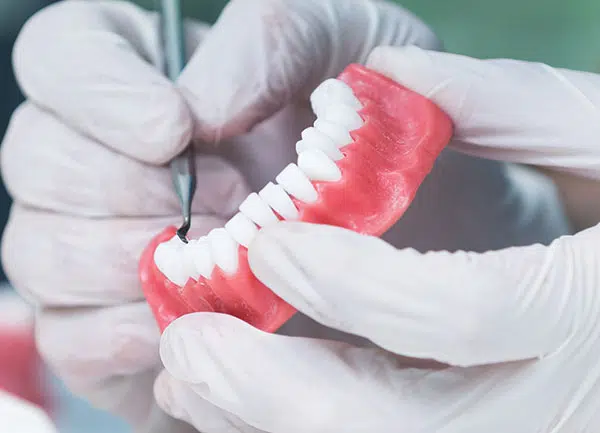

OPTA
OPTA stereo microscope guarantees exceptional operator comfort while delivering outstanding image quality and accuracy.
REGISTER YOUR INTEREST
Please complete the form to submit your interest and a member of the team will be in touch to follow up on your requirements.

4x & 6x
Magnification
Long
Working Distance
3D Stereo
View
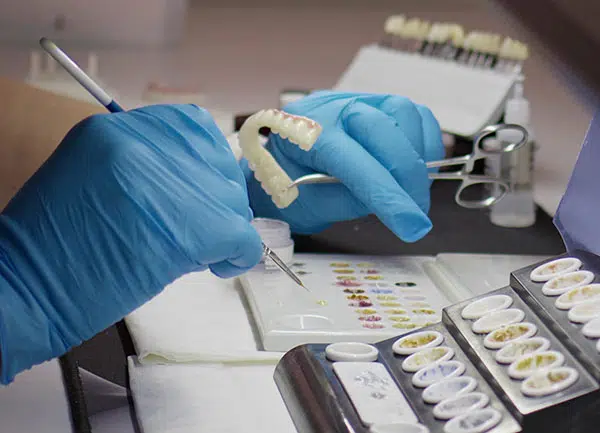
Accurate colour matters
Accurate colour matching is essential for aesthetic restorations, requiring careful evaluation of shade, translucency, and surface texture to blend with the surrounding teeth.
High-quality LED illumination simulates natural light, making it easier to assess subtle differences in shade and surface texture. This helps technicians make confident decisions and produce more consistent results.
Typical magnification ranges
Magnification needs vary depending on the task. These typical working ranges can help guide the setup:
- 4x–6x: Wide field of view for inspecting impressions, checking denture fit, and refining surface detail
- 6x–8x: Common for defining margins, assessing fit on dies, and final quality checks
- Up to 20x: For inspecting veneers, analysing surface texture, and confirming margin integrity
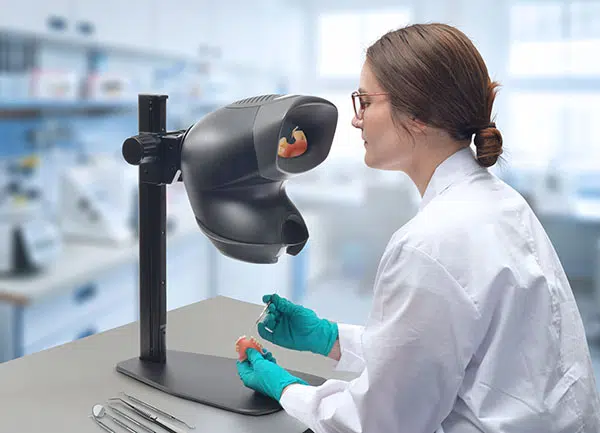
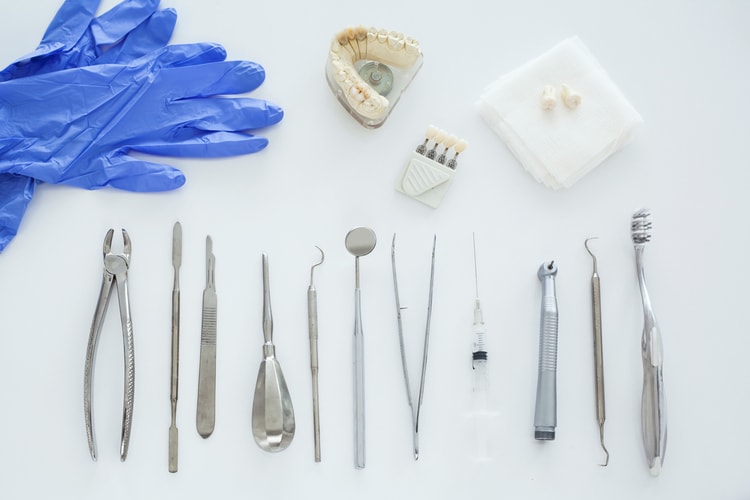
Visual checks made simple
Sterilisation is standard in lab work, but a quick check under magnification helps ensure no visible debris or contamination is left behind.
Magnification makes it easier to spot surface flaws that ambient lighting might miss, supporting quality control with minimal disruption to the lab routine.
SUCCESS STORIES
We have used a Mantis microscope in our Dental Laboratory for over a decade now. It is ergonomic, reliable and well-suited to enhancing the accuracy and quality of our Crown & Bridge work. We currently have three Mantis in our laboratory and we consider this to be essential equipment. We could never go back to using just loupes for fine detail work and quality checking. Excellent, well-engineered equipment!
With each technician checking the work at each stage of the process we have both a high quality product in technology terms and a high quality product in aesthetic terms. The use of Mantis is an enabling technology and keeps all of my technicians happy. They know the difference between good and poor quality and using Mantis they can see the difference.
Supporting modern workflows
Digital scanning, CAD/CAM, and 3D printing have transformed dental lab workflows, and visual inspection remains essential for checking fine detail and finish.
Magnification helps technicians spot print artefacts, check adaptation on digital and physical models, and inspect milled restorations for fine surface detail. This reduces rework, improves consistency, and supports better decision-making throughout the lab process.
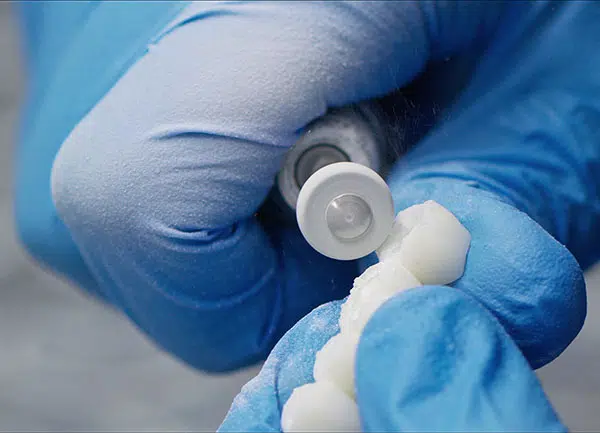
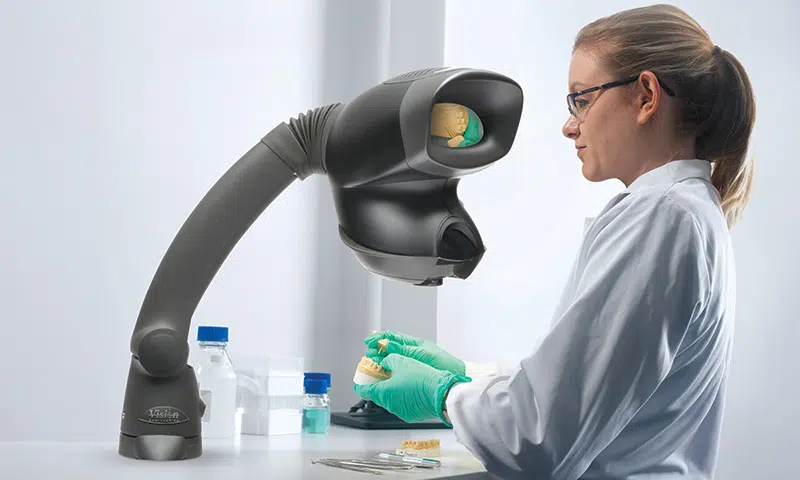
Practical tools for dental technicians
At Vision Engineering, we design magnification tools to support real-world working practices. That means clear, reliable optics paired with systems that fit naturally into lab workflows.
OPTA is designed for long hours of focused, precision work. Its eyepiece-less viewing system supports ergonomic posture and reduces fatigue.
Vision LUXO magnifiers are quick to reposition, easy to clean, and ideal for everyday checks and adjustments.
Camβ provides portable magnification for quick checks, documentation, and image capture – ideal for reviewing work, collaborating, or recording case details.
From routine checks to precision tasks, these magnification tools offer practical solutions for a range of lab work.
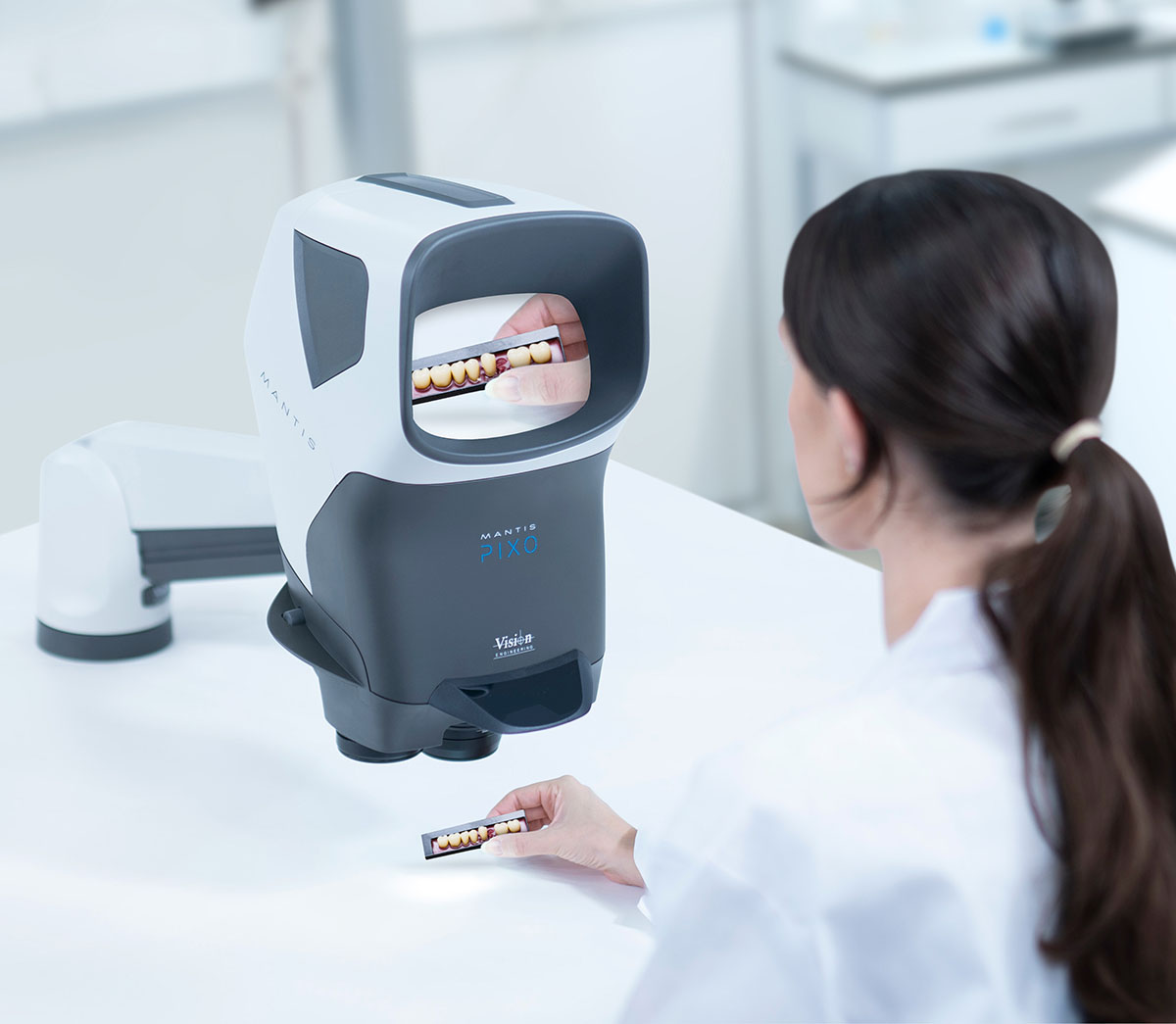
Mantis
Eyepiece-less 3D stereo microscope offering exceptional operator comfort and superb 3D imaging.
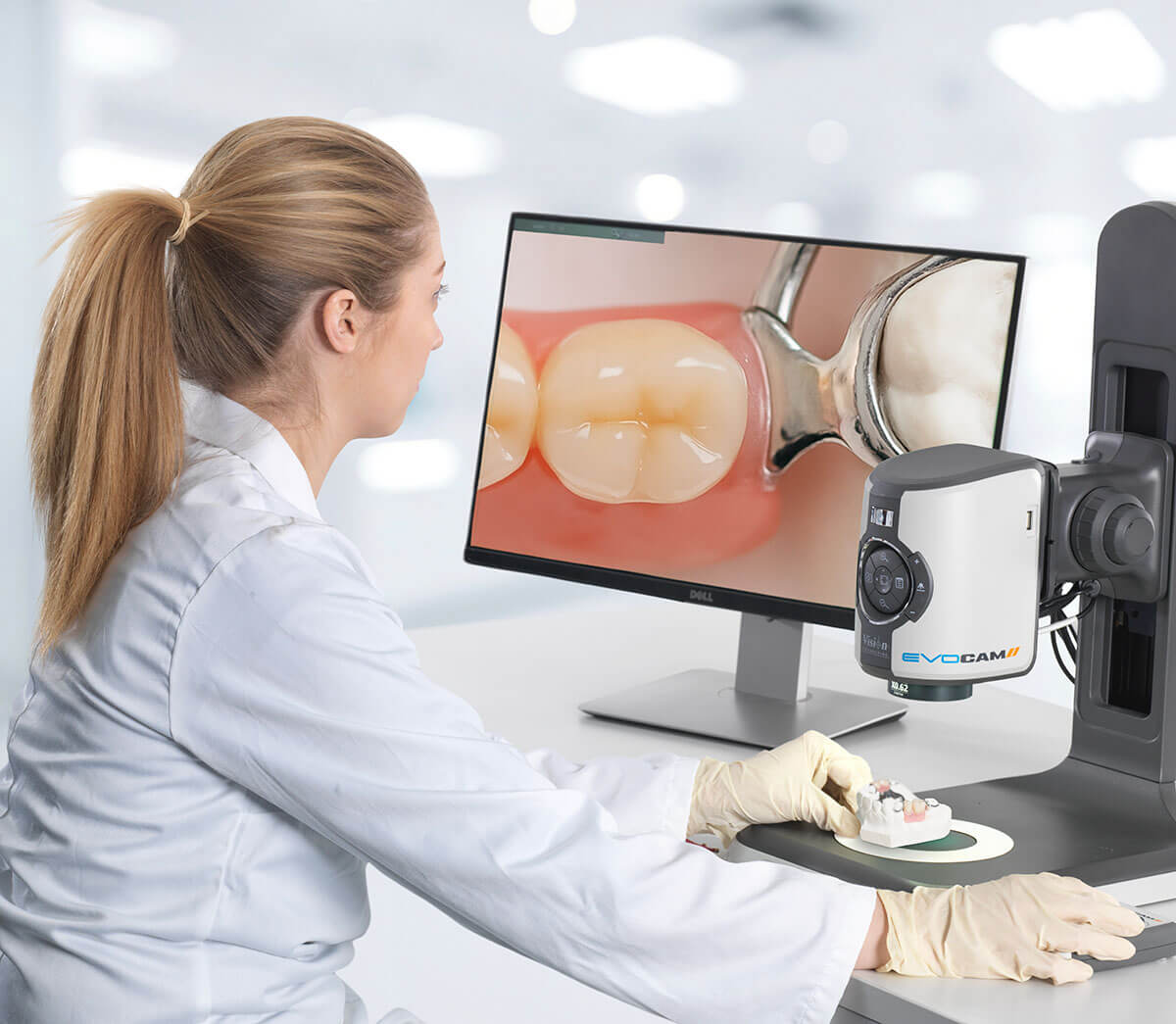
EVO Cam Series
This series of digital microscopes with magnification up to 725x, provide high detail, image capture and on-screen viewing, ideal for inspection, documentation and training.


